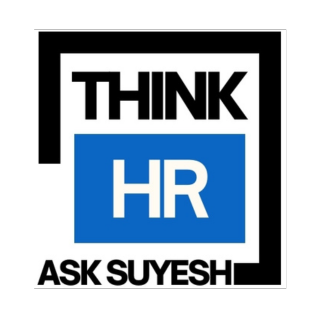A bird eye view is a high view or cursory look at something, more broadly it allows you to see a larger area (panoramic view).
We have seen many a time that people relate the HR department with this perspective, as they have all the idea of what all is happening around. Does it make sense? Well to answer this, we all know that HR’s play a vital role in any organization and they are properly placed to get an overall Outlook of all the departments. They are placed well to think tactically, bonding the teams and get a non-biased vision across the company.
Hiring the right talent
There is a constant need in the industry to get the right kind of manpower, plan their profiles and direct the training needs. Talent management has become more debatable than ever. Human capital is considered one of the most thoughtful factors of competitive gain. Organizations across the world have realized the significance of Talent management and being a key factor for achieving organizational goals. This should be handled effectively and efficiently and yet various areas still need to be explored.
One should understand talent management and its intangible limits. Talent management can be defined in two ways – one “Scholastic approach” and another would be by “Management pundits”. Some scholars define Talent management as the integration of all HR process (Selection, On-boarding, retention, Training needs and regeneration. Talent management can be perceived as the growth, arrangement and engagement which are mainly valuable to any organizations.
Talent Management and HRM
TM is not fundamentally different from HRM, it comprises all the activities which comes under HRM.
It can be rightly said that TM is a rebranding term of HRM – reviving itself from a classic model to an innovative concept. TM is an opportunity to innovate space for competitive advantage. Every organization is known for their product & services (which come from people) and the people are good at how well they are managed.
HRMS
Here comes a demand for the system which shows up vacancies and tracks profiles that match the position. The objective is to create a supporting system with the help of the technology and human resource department to perform effectively. Now, we talk about the integrated HRMS which gives the HR a more comfortable space to map a profile and allocate the resources accordingly. It helps in every stage of an employee lifecycle and keeps track of their performance.
HRMS enables a company to fully understand its workforce while staying compliant with ever-changing rules and regulations.
Now that we have moved towards Automation and Analytics with AI being the core of everything possible, and you can get any type of information at a given time. Not just Big or small-sized companies, but start-ups are also finding it difficult to streamline their processes without having a proper system in place.
We all know how important data is and this is very sensitive when it comes to companies. The old way of paper management is no longer needed; with HRMS in place, every single thing is managed without it being misplaced. It also allows real-time data for tracking purpose which makes it next to impossible for an individual to tamper or misuse the information.
HR practices can improve organizational performance by increasing employee skills and abilities. They are important in countless areas ranging from strategic planning to a company’s brand image.
The link between HR effectiveness and Talent Management is very much needed not only to set up a rich and consensual definition but also to establish the worth of TM.





